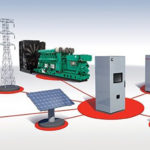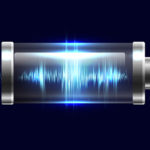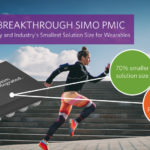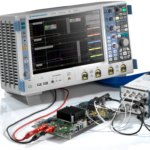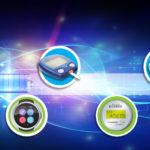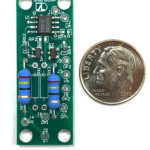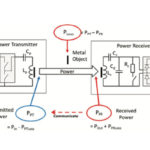Electric utility grids around the world are undergoing a fundamental change in architecture. The centralized grid that was designed to provide inexpensive electricity with a reasonable level of quality and reliability is no longer meeting society’s needs. Aging transmission and distribution systems are significantly reducing both the quality and reliability of electricity. And the use […]
IoT
Battery life analysis and maximization for wireless IoT sensor nodes and wearables
In addition to proper hardware design and power consumption testing, an accurate estimation of battery life is an important aspect of designing wireless Internet of Things (IoT) sensor nodes and wearables. For some medical or industrial devices, in particular, users’ lives can be at stake if the battery does not live up to expectations. Some […]
PMIC sports four buck-boost channels single one inductor in compact package
The breakthrough MAX77655 single-inductor multiple-output (SIMO) power management IC (PMIC) from Maxim Integrated Products, Inc.provides the highest-density power solution for extremely compact next-generation devices. This PMIC delivers a 70 percent reduction in solution size compared to the nearest competition, with 700mA across four buck-boost channels and only one inductor required for a total solution size […]
Batteries and charging for wireless IoT sensor nodes and wearables
Battery selection for a given wireless Internet of Things (IoT) node or wearables design is complex. Among the important factors are: how long the device is expected to operate with a single battery; the choice between various primary and secondary battery chemistries; the nominal and cut-off voltage of the electronics; the energy/current consumption profile, the […]
Power consumption testing for wireless IoT sensor nodes and wearables, Part 2
Part one of this FAQ series focused on the various types of components available for designing power systems for wireless Internet of Things (IoT) sensor nodes, wearables, and similar applications. This FAQ focuses on measuring and validating the performance of those power systems. There are several instruments and approaches available for measuring and testing the […]
Buck-boost regulator features ultra-low quiescent current
Renesas Electronics Corporation introduced the ISL9122A, a flexible buck-boost switching regulator with bypass mode that provides ultra-low quiescent current (IQ) for powering sensors, microcontrollers (MCUs), wireless devices, and other system components. Operating with battery output from 1.8V to 5.5V, the ISL9122A extends the battery life of smart IoT devices powered by coin-cell, lithium, and multiple […]
Voltage clamp protects 5-V circuits from overvoltages
Advanced Linear Devices Inc., announced a first-to-market low power, low voltage, high-precision voltage-clamp module. The SABMBOVP family is an ideal clamping solution for critical mission applications deployed in business, safety, and security products that are 5V or below. When these systems fail or are interrupted, operations may be significantly impacted. These ultra-low-voltage designs are increasingly […]
Basics of wireless power transmission design
Most consumer devices that transfer power over wireless links follow the Qi standard. The construction of these power transfer systems is simpler thanks to the availability of new reference designs. Contributed by IDT Inc. Examine the wireless charging setup used in the passenger compartment of most vehicles and you are likely to find a system […]
High-power-density POL converters target AI, 5G, IoT, enterprise apps
TDK Corporation announces the new series of µPOL DC-DC converters, the industry’s most compact and highest power density point-of-load solutions for applications such as big data, machine learning, artificial intelligence (AI), 5G cells, IoT and computing enterprise. Rather than using side by side discrete integrated circuit (IC) and discrete inductor (L) the new FS series […]
Energy efficiency, smart lighting, and the IoT
Sure, smart lighting will save energy, but they’ll also be the backbone of systems that can help minimize mini-catastrophes. CEES LINKS, Qorvo THE IoT (internet of things) INCLUDES a rich offering of energy efficiency benefits. Smart lighting is, of course, one of the most common elements of any IoT energy efficiency discussion. Lighting is a […]

